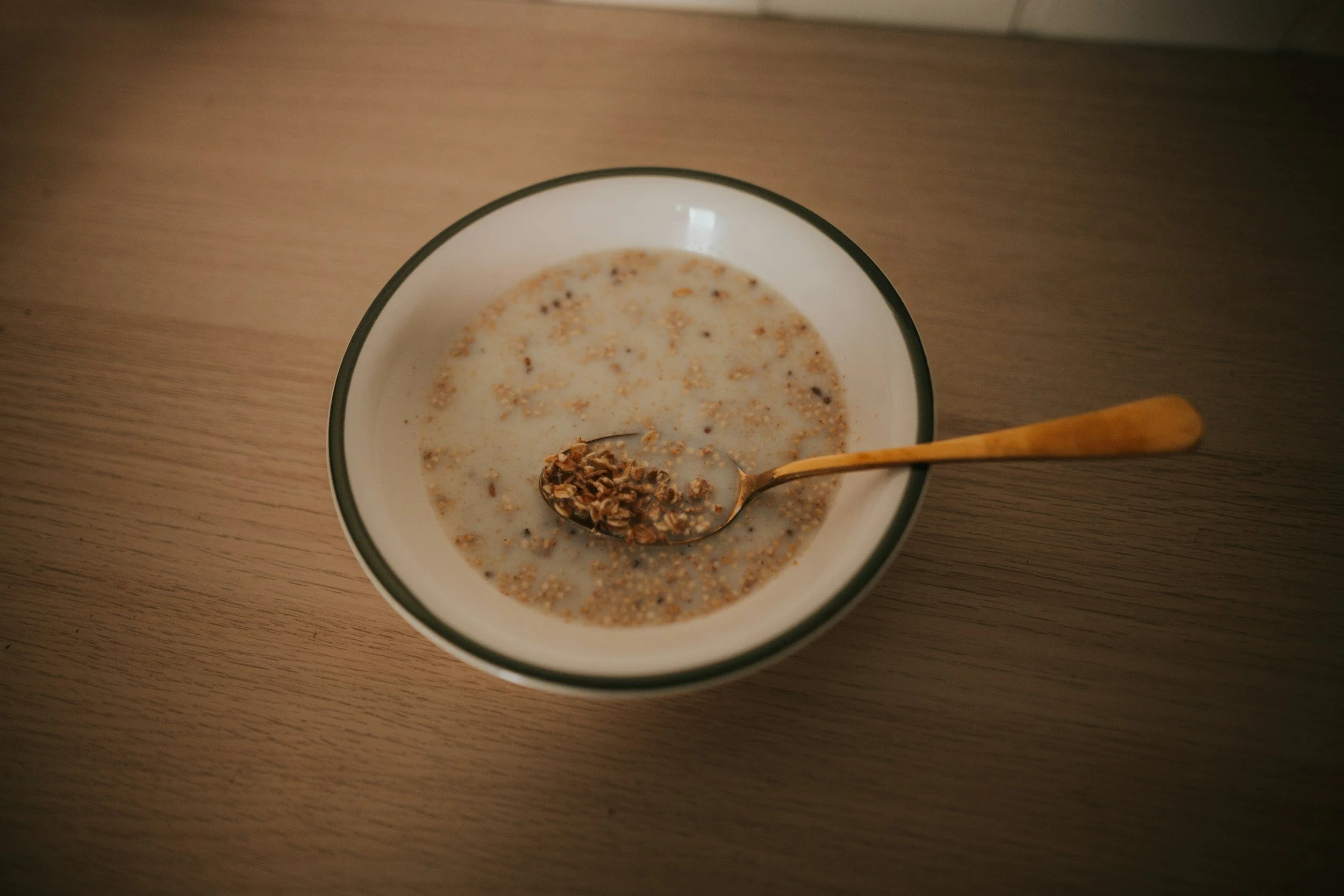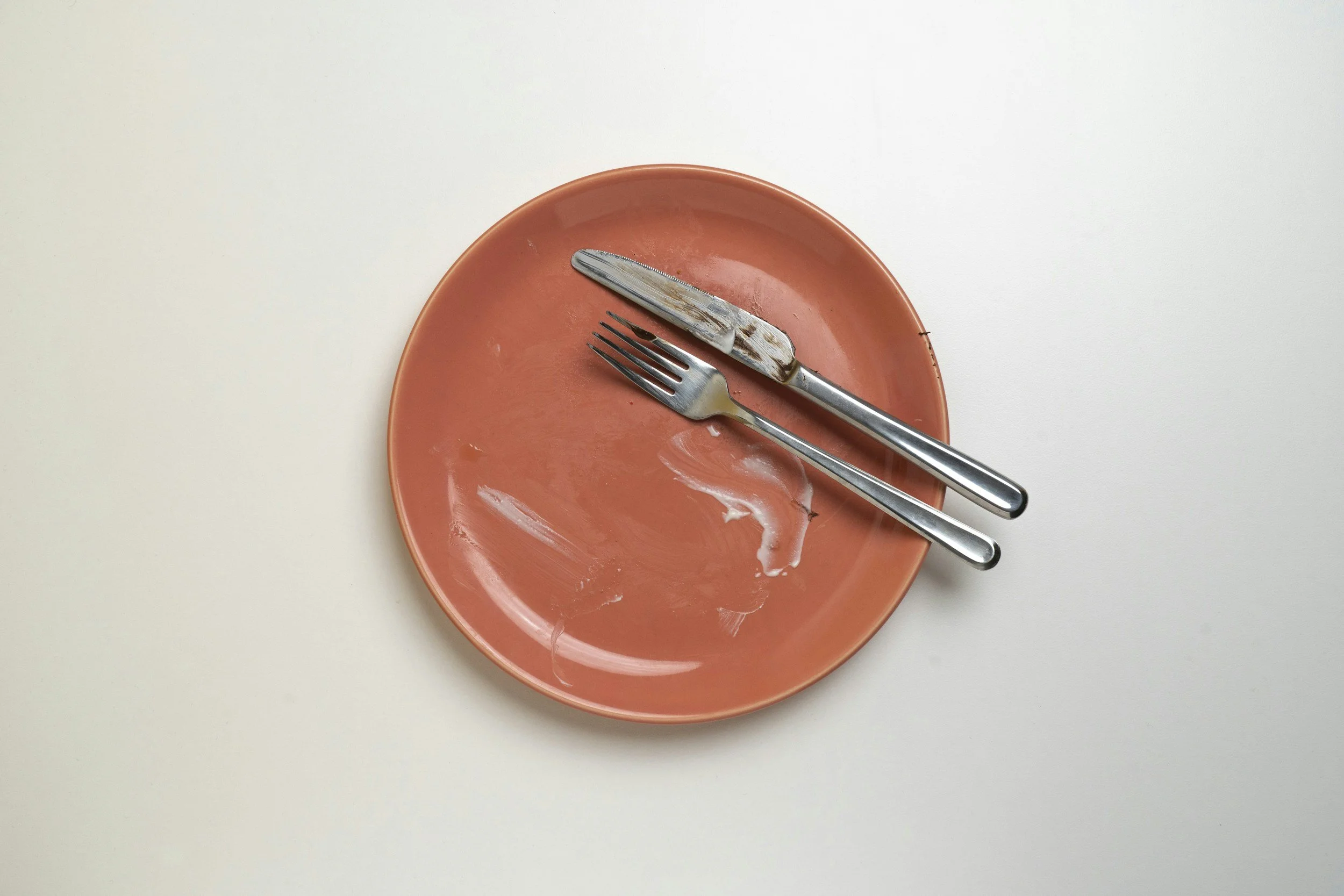4 examples of diets that don’t work
Content warning: Details about popular diet programs
Disclaimer: Opinions expressed herein are based on my own experiences with these diets.
It seems like every few years, the media introduce us to a fancy new diet that promises to help us finally lose the weight and keep it off. (No, for real this time!) Yet as time passes and evidence about the effectiveness of these diets pours in, the result is always the same: initial weight loss followed by weight regain.
Today’s diets often disguise themselves as “lifestyle” adjustments to avoid labeling themselves as diets. Why? Because they know that you know what we all know: diets don’t work.
What’s more, anyone who’s ever been on a diet can attest to the fact that these lifestyle changes aren’t designed to be sustainable. You might lose weight for a little while, but the moment you resume your regular habits, the weight is likely to return.
So what is it about some of diet culture’s most recognizable darlings that made them so prone to failure?
In this post, we’ll go under the hood of some of recent history’s diets and discuss how they impact the world of eating disorders.
4 diets that failed
SlimFast
In the 90s, it was hard to dodge ads for SlimFast. The products’ bright red letters and enticing idea of getting slim, fast were attractive to all kinds of dieters. As a kid, I spotted a few SlimFast shakes in the back of our family refrigerator, ostensibly belonging to my mom.
SlimFast was a line of milkshakes, bars, and other foods that promised to help you lose weight if you consumed their products. The program required you to follow their suggested meal plan, usually by replacing meals with shakes and, therefore, creating a calorie deficit.
Another tactic? “You lose weight because you have constant diarrhea from the shakes,” my mom once joked. I was too young to grasp it then, but having tried some of the shakes when I was in college, the joke resonated.
The problem with SlimFast, like most diets, is that once the dieter stops following whatever regimen they’ve adopted, weight gain is highly probable. To avoid regaining the weight, the dieter theoretically would have to continue purchasing said products for the rest of their lives.
In sum, it’s not sustainable.
And, as you may have deduced by now, their suggested meal plan is severely low in calories. How low? Well, I won’t go into details, but let’s just say it’s really low, much lower than the average body needs just to perform the most basic daily functions.
The other caveat is that SlimFast doesn’t take into account each dieter’s unique physical makeup. Different body types with different activity levels process energy at varying amounts. With this in mind, a one-size-fits-all approach doesn’t compute.
The Special K Diet
This is when I’m going to start sounding like a broken record. That’s because diets are usually built around the model of caloric restriction, as is also the case with the Special K Diet.
The Special K Diet was similar to SlimFast in that it encouraged you to subsist on only its products for at least two of your daily meals and all of your snacks. The cereal brand eventually released snack bars and protein bars to serve as snacks between meals.
I will admit that I casually followed this diet in the mid-2000s, as my eating disorder was just beginning to ramp up.
Special K assured me that its cereal was low enough in calories and nutrient-dense enough that I could eat it whenever I wanted. And so I did. As I carried on with this caloric restriction, I, naturally, became more hungry, making the diet nearly impossible to stick to.
In hindsight, it’s beyond obvious to me that this diet in no way provided me with enough energy to get through any day, let alone one where I engaged in even the smallest amount of physical activity. I was constantly hungry and likely lacking major nutrients to keep my brain sharp.
Special K has evolved as a cereal brand and now offers more protein-rich options. But contrary to what my eating disorder tried to convince me, cereal does not a well-rounded meal plan make.
The Atkins Diet
Most people equate the term “Atkins” with “low-carb.” And that association is (almost) correct. Today, this also can be likened to the Keto diet, which is a diet that focuses on high protein intake.
At its inception in the early aughts, the Atkins Diet promoted itself as one that limited or practically eliminated carbohydrates from a daily meal plan. So unlike the Special K Diet, Atkins considered cereal to be the enemy, throwing everything dieters thought they knew into a tailspin.
The argument from the diet’s founder was that carbs lead to increased levels of insulin, which promotes weight gain.
The problem with removing carbs entirely from your diet is that you likely increase your intake of fats found in meat and dairy, which can throw your hormones, including insulin, off balance.
Today, Atkins has evolved to include a number of different diet plans touting to be tailored to your body’s individual needs. The issue? You’re responsible for a lot of tracking. You need to calculate the net carbs of your favorite foods and keep up with how many of these net carbs you consume each day. As I type this, I’m having horrible flashbacks to my days of meticulously counting calories. Over time, that number got lower and lower as I considered my rapidly decreasing weight to be a sign of success. The result? A diagnosable eating disorder.
The Atkins Diet was one diet I never touched. As much as my eating disorder warned me of the so-called “dangers” of carbohydrates, restricting carbs only made me more hungry.
Cleanses
Ever-present cleanses don’t seem to be going away anytime soon. People see them as opportunities to rid their bodies of “toxins,” substances they likely can’t confirm are even there in the first place.
Cleanses are some of the most obvious examples of severe caloric restriction, which can lead to sluggishness, fatigue, brain fog, irritability, difficulty concentrating, mood swings, and other not-fun side effects.
It’s my opinion that cleanses seem to be diet-culture mainstays because so few people see them as diets. I’ve often heard them labeled as “detoxes.” But regardless of how you categorize them, the low- (to almost no-) calorie, high-sugar, and often nutrient-absent concoctions people consume while cleansing can take a major toll on the body and, like the other diets on this list, only provide temporary results.
How failed diets relate to eating disorders
The line between dieting and disordered eating is as blurred as ever. If we don’t carefully assess the food and exercise advice delivered to us by health and nutrition “experts,” we put ourselves at risk of developing seriously disordered behaviors. How do I know? Because it happened to me.
Things like the words we use, the way we talk about food, and the acts of counting calories and feeling guilty for missing a workout can indicate that dieting has ventured into dangerous territory. On the other side of recovery, it’s now incredibly clear to me how many of my innocent attempts at dieting were actually putting the wheels in motion for an eating disorder…or two.
Diet marketing is powerful and extremely well-funded. It convinces us that if we aren’t thin, we should desire to become thin. And that it has the solution to get us to our ideal body. But what it doesn’t show us are the long-term effects of its constantly changing instructions. The before-and-after photos don’t include images of the way-after. And they conveniently leave out interviews with people discussing their moods, energy levels, and individual medical situations.
I’ll admit, diet culture does a bang-up job showing us what we want to see (thin, happy people) and telling us what we want to hear (that we, too, can be thin and happy!). But they can’t account for what we don’t see or hear. It’s our responsibility to be discerning, to question what we’re told, and to make informed decisions for our physical and mental health.
Pause & Prompt
My first diet failed because…






Food is meant to be pleasurable, nourishing, and energizing, but diet culture has taught many of us otherwise. How did this happen?